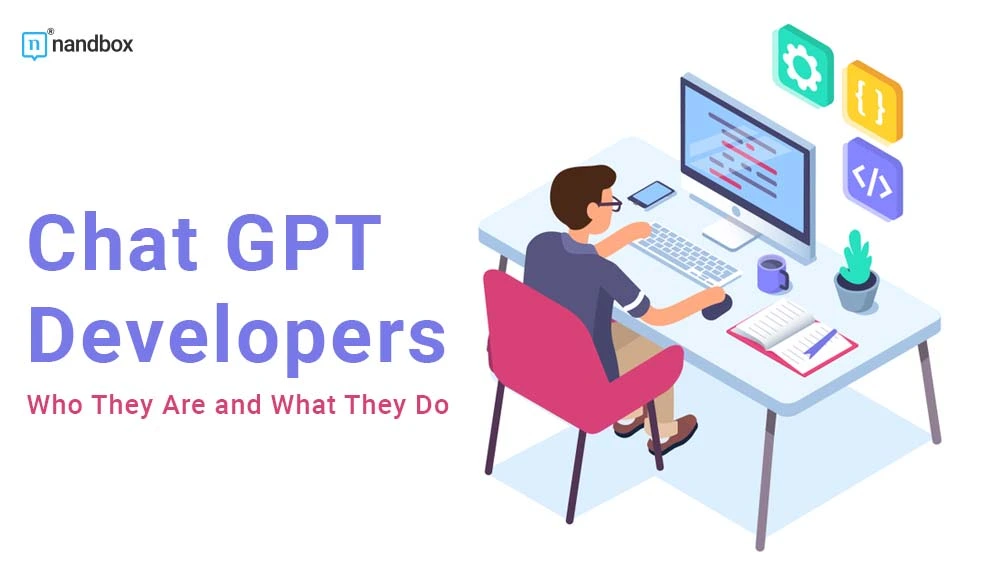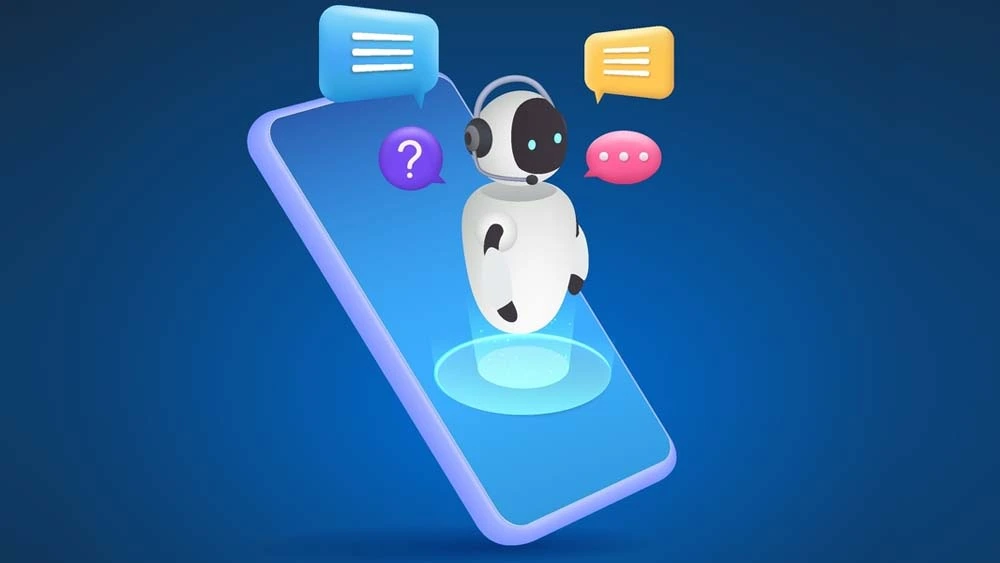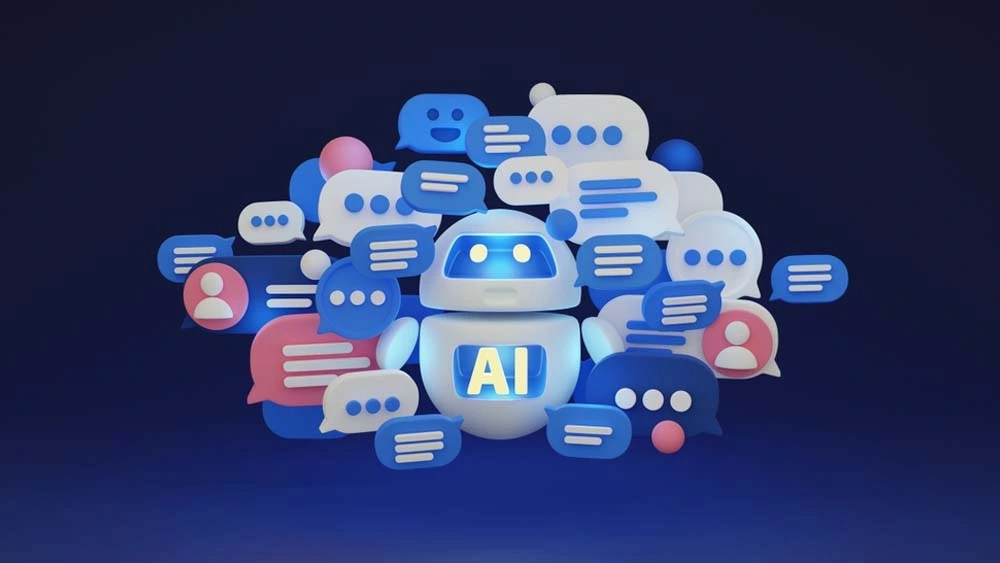Scrolling through your social media platforms, you must encounter someone talking about AI and its exceptional potential. There is always an article or blog post about AI this, AI that. So, speaking about AI, you definitely encountered something about ChatGPT. Sounds familiar? That is because ChatGPT has been the talk of the town for quite some time now. The world is going mad over this new AI model that, according to experts, is “the most advanced AI model to date.” However, people get to know everything about the final product they get to use and enjoy, and nothing about the behind-the-scenes work and the brains behind this innovation. In this article, we will explore the process and developers behind the renowned Chat GPT.
Open AI: The Start of a New Beginning
Let us travel back in time to 2005, when the tech giant and founder of Open AI decided to drop out of college. The same way many of the giants in the etch industry started. Sam Altman, a former Harvard student who majored in computer science, started working on many projects. For instance, he started the company Loopt the same year he dropped out. Loopt was a program that allowed mobile phone users to share their location across mobile devices. This company didn’t last long, but that didn’t stop Sam from going forward.
Sam Altman continued to thrive in Silicon Valley and made many connections. It was then, in 2015, that the idea of open AI was initiated. Sam successfully got the attention of great sponsors for a new company that revolves around expanding the capabilities of AI through research and developing AI tools to help individuals in their everyday lives. 2016 is how this story starts with the first version of the now-renowned Chat GPT, which we will discuss later.
How Did ChatGPT Developers Create Such an Advanced Model?
The AI model is based on a network architecture called the Generative Pre-trained Transformer, which is where the Chat GPT gets its name. Using data training, analysis, and advanced machine learning technologies, GPT is a deep system that can generate human-like texts and outputs.
ChatGPT developers and great experts are the ones whom we all should thank for this robust product. Chat GPT developers used a vast dataset of original human language—including text from books, publications, and social media posts—to train the model. The developers aimed to find all the relevant information from all sources and search engines to give the tool depth and flexibility when it comes to generating texts. They wanted the model to be familiar with many topics and aspects to be able to provide accurate information. This also made it capable of performing useful tasks, such as helping users paraphrase text, summarize long paragraphs, or explain ideas in a simpler way.
Once the training was complete, the model could use the patterns it had learned from the training data to generate text based on human inputs. The developers also incorporated fine-tuning, which enabled the model to be adapted to unique scenarios, and engagement algorithms, which enabled the model to completely focus on particular parts and components of the text.
This resulted in a very advanced language model that can produce responses to user inputs that sound completely real, making it a useful tool for chatbots and other conversational AI applications.
Following ChatGPT Developers steps: History of GPT
Now that we are done with the development process of ChatGPT and how ChatGPT developers successfully created a one-of-a-kind AI model. Let us follow ChatGPT’s journey from the very start to the latest advancement.
GPT 1: The First Avenger
Yes, the first Avenger. It is not as good-looking as a super soldier, but it is the kickstart to one of the most powerful AI language models in the world. GPT-1 came into the world. It utilized the same natural language processing technology as all upcoming versions. However, this version was very limited when it came to the datasets and generated output. It is safe to say that GPT-1 served as a test for the employed technology to recognize to what extent it can work and if there were any pitfalls.
GPT 2: Second things Second
ChatGPT developers started to expand and provide the AI model with more gathered datasets. It was beneficial, but still not enough. The second release, GPT-2, had more functions and flexibility, which helped the model gain more recognition and get noticed among the public. Even though the model still had many flaws, the general public and many experts still praised it. This praise drives ChatGPT developers to find ways to enhance the model and continue to work on it.
GPT 3/3.5: The First Step Towards Glory
By 2022, nearly the whole world knew what ChatGPT was. The Chat GPT developers succeeded in enhancing the AI model, this time; they actually exceeded all expectations. The release of GPT-3 in 2020 represented a turning point in the history of artificial intelligence and for Open AI company. It can generate highly logical and tailored responses to any query, whatever the complexity. This is due to its 175 billion parameters, making it the most powerful language model currently in operation. The range of capabilities it offers as an AI tool, from translation to summarization and generation, has made it a valuable resource for companies and individuals. However, the model still has some limitations. This drove ChatGPT developers once again to focus and work hard on GPT-4, which drastically improved the state of conversational AI.
GPT 4: Definitely Not the End
While GPT-3 is currently the largest and most advanced language model, developers are already working on the next advanced version, GPT-4. GPT-4 is not available to the public and is limited to ChatGPT Plus users. This version successfully pushed the boundaries of artificial intelligence even further. ChatGPT worked on effectively improving natural language understanding, better context awareness, and the ability to generate more complex and creative responses. Chat GPT developers expanded their horizons to endless possibilities. Instead of 175 billion parameters, GPT-4 has over one trillion parameters, which exceeded all numbers and expectations. This caused a massive. GPT-4 will be an invaluable tool for businesses and experts seeking to automate operations and evaluate information from massive datasets.
What to Expect in the Future?
Not everything lives up to our expectations. We can now expect that the developers of ChatGPT can’t make the AI model any better. However, many said this about GPT-3, and they were proven wrong. We can’t also say that ChatGPT will continue to develop and evolve; what if it didn’t? However, with the astonishing rate this AI model is growing at, we can really tell that it has a prominent future that may change the entire way people interact with and utilize AI. Maybe we will find many new fields and job titles emerging owing to ChatGPT.
As for now, we may enjoy the great capabilities and start embedding them into businesses, organizations, and applications. Many platforms now, such as nandbox, the renowned no-code app builder, allow developers to integrate ChatGPT into their applications using Python and open AI’s SDK to provide their users with an AI-powered one-of-a-kind experience. So, now it is safe to say that the AI industry is never-ending, and we can sit and only hope for a better and more powerful future.





